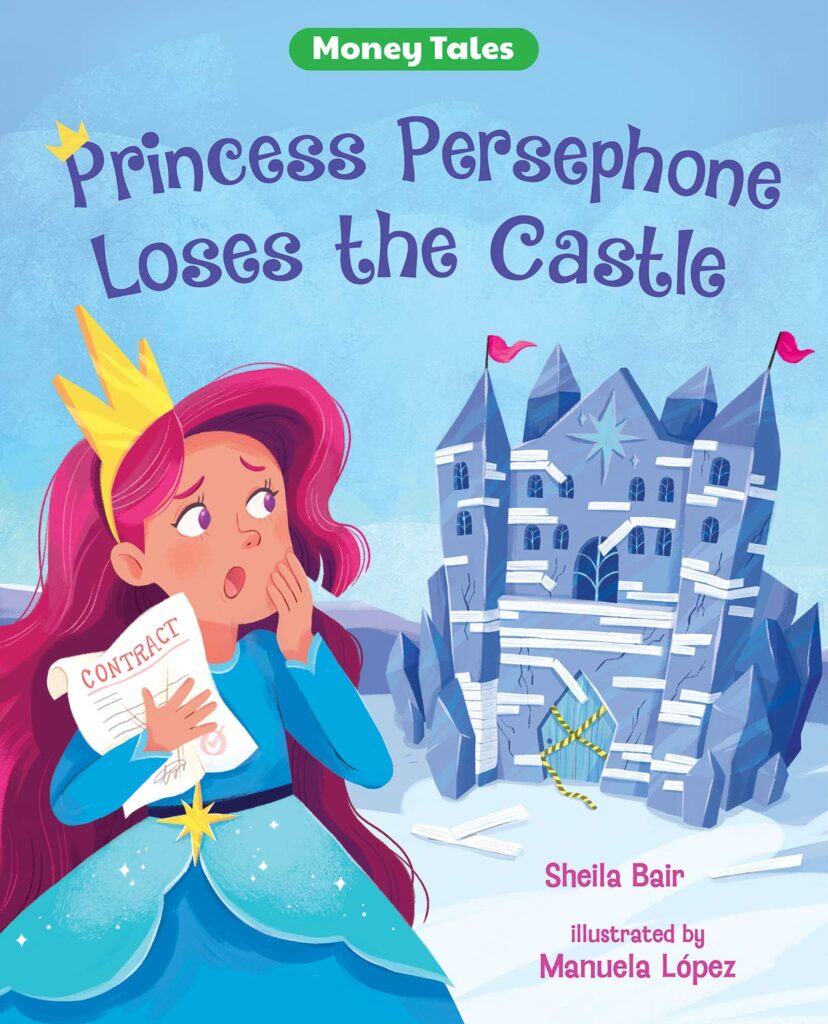
Grades 3-5

Don't have an account yet? Sign up for free
Don't have an account yet? Sign up for free
Students will be able to:

In this personal finance lesson, students will learn to create a spending and savings plan using order of operations.
Warm-Up
This lesson utilizes data from the United States Census Bureau and the United States Bureau of Labor Statistics to help students create a spending and savings plan by applying basic algebraic concepts. Students are expected to have experience following the order of operations in order to solve monomial equations prior to the start of this lesson. Open the Slide Deck and display it to the class.
Creating a household budget can at times be a daunting task even for the most experienced consumer. Students will first use the percentage allocation method to determine the amount an average-income family might budget for household expenses. Students will then work individually or in pairs to research a career of interest and develop a budget based on the career’s median pay. The lesson can be extended and enriched by having students manipulate the formula to solve for different components of the percentage allocation method equation, or by using web-based resources to determine the feasibility of the created budget within a particular region of the country.
Display Slide 2 and introduce the lesson by asking students, “According to the United States Census Bureau, the median household income in 2019 was $62,843. Do you think that a family can comfortably live on a household income of $62,843 a year?” (Answers will vary)
Display Slide 3 and explain that the correct answer is—it depends. In order for the household to live comfortably, the family must prioritize their wants to determine how much they are willing and able to spend to attain their household goals. The best way to complete this task is to create a budget.
Modeling
The next questions one might ask is what is a budget and how do I know what to include?
Display Slide 4 and explain that a budget is a spending-and-savings plan, based on estimated income and expenses for an individual or an organization, covering a specific time period. Individual households need budgets in order to ensure that their financial future is secure.
Some financial experts recommend that when creating a budget, families adhere to certain percentages to best allocate their income. In this lesson we will use given percentages to determine how much a family should spend and save based on their household income.
Display Slide 5 and read aloud the following scenario: Carlos and Sofia live in Maine and have a household income of $62,843.00 per year, or $5,236.92 per month. They are interested in creating a monthly budget and would like to know how much they can afford to spend and save.
Distribute Handout 1: Carlos & Sofia’s Budget and as a class calculate the amount Carlos and Sofia should budget for each type of expense rounded to the nearest dollar. Walk students through the computational process for each budgeted expense by using the information available on Slides 6 –13. Make note of the additional information included in the notes section of the slide deck to assist in better defining the expenses that are included in each category.
Explain to students that the method that they will use to calculate each expense category will consist of multiplying monthly income (I) by the percentage allocated to each expense category expressed as a decimal (p). This will equal the total dollar amount budgeted (𝑨𝑩) for each expense. This calculation can also be expressed by the formula: 𝑰(𝒑/𝟏𝟎𝟎)=𝑨𝑩
Display Slide 14. Emphasize to students that a budget must balance for it to be feasible. These calculations can be checked by adding each amount and comparing it to the total monthly income. Notice the total expenses plus savings equals Carlos and Sofia’s total monthly income. Once finished, review the answer key with the class using Handout 1 Answer Key: Carlos and Sofia’s Budget.
Independent or Small Group Activity
Distribute Handout 2: The Occupation-based budget and ask students to individually or with a partner follow the directions on the handout to navigate to the U.S. Bureau of Labor Statistics’ career exploration web page for students to find the median yearly income for a career in a field that personally interests them. Using the given percentages for each expense listed the handout, create a monthly budget by calculating expenses and savings based on the yearly median salary given for the occupation.
Prior to allowing the students to work independently, demonstrate how to navigate by using the procedure detailed on Slide 15. Once you are confident that all students or student groups have navigated the site correctly, allow the students time to complete the activity.
Check for Understanding
After students have completed their occupation-based budget, gather the class to discuss their findings. Inquire if any students discovered that their researched career had a median annual salary that was more or less than what they expected. In the students’ opinion, could a household comfortably live on the median annual salary for their researched career? Would any of the percentages allocated within their budget need to be adjusted in order to make the budget more realistic? How would the adjustment to those calculations affect the budget overall?
If time allows, visit real estate websites or explore the classifieds within the local newspaper to discover current housing listings and their prices. Compare the amount each group calculated for the housing portion of their budget to the actual prices listed. Revisit the previous questions based on the current data published on the websites or the newspaper to test if the student’s thoughts on the ability for a household to live comfortably might be accurate.
In this activity, the students will be given components of the equation used in the lesson and will be asked to solve for the missing component.

Grades 3-5

Content Partner
Grades 3-5

Content Partner
Grades 6-8, 9-12


Content Partner
Grades K-2, 3-5
